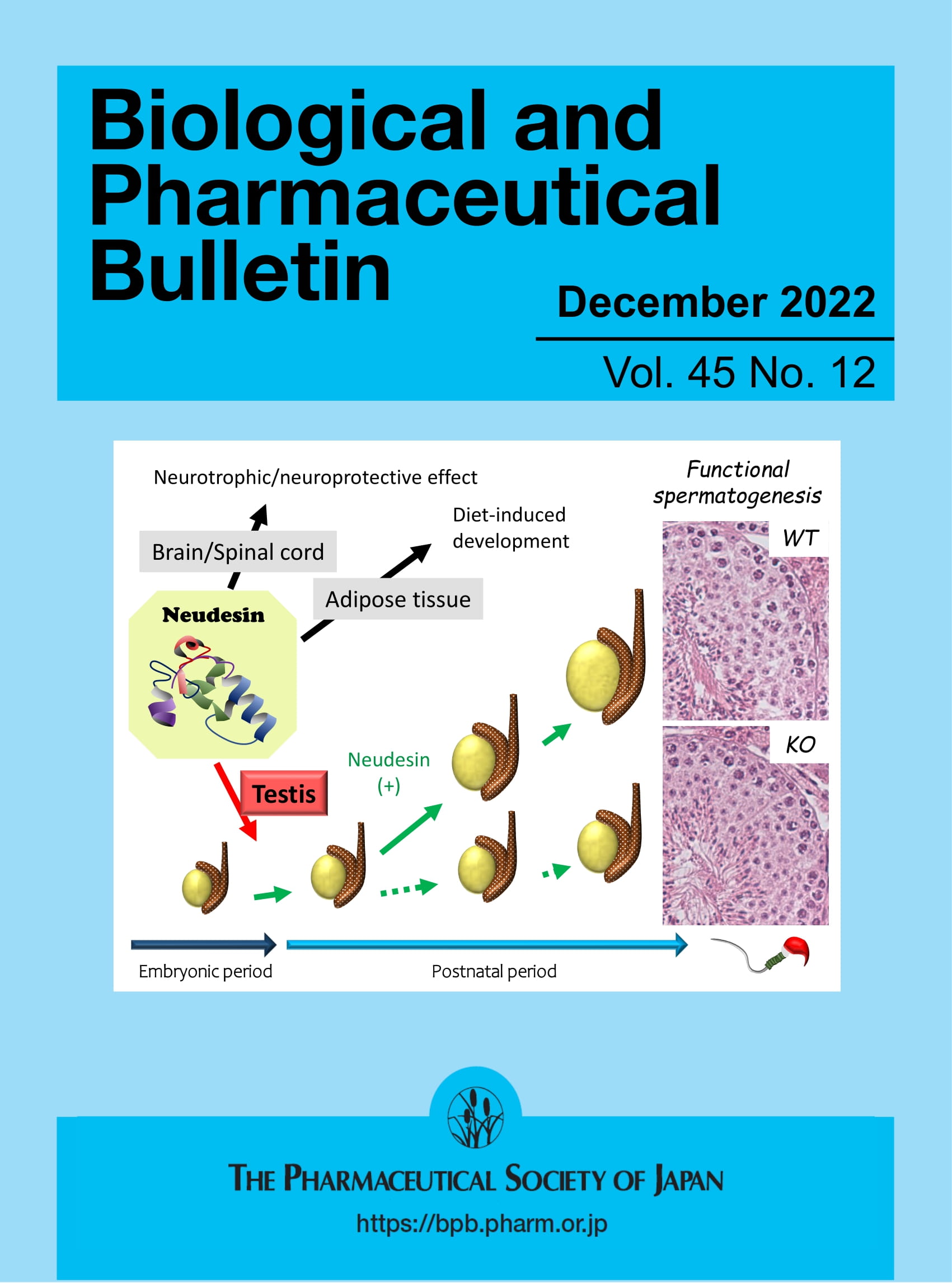Covalent Organic Framework Nanofilm-Assisted Laser Desorption Ionization Mass Spectrometry for the Determination of Benzophenone Derivatives in Personal Care Products
Abstract
Rational
Benzophenone derivatives, commonly used as UV filters in personal care products (PCPs), are widely prevalent and raise concerns due to their endocrine-disrupting effects. Sensitive and efficient analytical methods are in demand for their detection. In this study, we developed a TAPB-DMTP-covalent organic framework (COF) nanofilm-assisted laser desorption ionization mass spectrometry (LDI-MS) method for the quantitative analysis of 2,4-dihydroxybenzophenone (BP-1) in PCPs.
Methods
The TAPB-DMTP-COF nanofilm was synthesized on indium tin oxide (ITO) glass and utilized as an LDI-MS substrate. The performance of TAPB-DMTP-COF nanofilm-assisted LDI-MS for analyzing small molecules (e.g., benzophenone derivatives, phthalates, amino acids, sugars, and nucleosides) was compared to conventional organic matrices (α-cyano-4-hydroxycinnamic acid [CHCA], 2,5-dihydroxybenzoic acid [DHB], and sinapinic acid [SA]). The reproducibility, salt resistance, sensitivity, and stability of the method were further evaluated. Finally, the technique was applied to quantify BP-1 in PCPs.
Results
The TAPB-DMTP-COF nanofilm-assisted LDI-MS provided stronger mass spectral signals and cleaner backgrounds for small molecules compared to CHCA, DHB, and SA. The method exhibited high reproducibility (RSD = 6.10%) and stability for up to 30 days. BP-1 in PCPs was quantified with excellent linearity (1–20 μg/mL, r = 0.9993), a low detection limit (0.3 μg/mL), and recovery rates of 94.2%–104.4%, demonstrating the potential of TAPB-DMTP-COF nanofilm for sensitive and reliable small-molecule analysis.
Conclusion
TAPB-DMTP-COF nanofilm-assisted LDI-MS offered the advantages of rapid analysis, clean backgrounds, and reproducibility for detecting small molecules, including benzophenone derivatives. This method successfully quantified BP-1 in PCPs, highlighting its suitability for analyzing complex samples.

 求助内容:
求助内容: 应助结果提醒方式:
应助结果提醒方式:


